
Water-Smart Home Landscapes
Last Updated: Mar 20, 2025To some of us, there is nothing more frustrating than driving through a suburban neighborhood on a scorching 100-degree day and seeing several homes' lawns being watered with sprinkler systems. At least 50% of the water we use for outdoor watering purposes goes to waste. Evaporation accounts for much water loss before it ever makes its way to the roots of the grass and plants we're trying to irrigate. On average, Americans use nearly 9 billion gallons of water each day for outdoor purposes. At the same time, water crises across the southwest United States are a yearly occurrence. There is an increasing likelihood that these crises will expand to other parts of the country in the coming years.
Table of Contents
- What is a Water-Smart Home Landscape?
- What Are the Importance of Perennials
- Clover Lawns: A Low Cost and Low Maintenance Option
- Xeriscaping: The Ideal
- Bottom Line

While many consider green lawns synonymous with the typical suburban home, most types of grasses require large amounts of water. These water requirements are even more impactful during the hot, drought-prone months of summer. Transitioning from the perfectly manicured lawn to water-smart landscapes that combine native beauty, ecological function, and reduced water usage is an essential part of every sustainable home.
What is a Water-Smart Home Landscape?
According to the EPA, "Water-smart landscaping produces attractive landscapes because it uses designs and plants that are well suited to local conditions." Water-smart landscapes are defined by local biological, climate, and other environmental conditions. There is no universal formula that can be applied to all homes and yards. Instead, water-smart home landscapes will adhere to the following guiding ethics.

Natives Plants First
Plants native to a region or specific ecosystem will most likely have developed a sense of resiliency over the years of evolution and natural selection. Once established, most native plants will survive with nothing more than the average rainfall that your region receives. For example, in the desert southwest, native landscaping would largely be modeled around incorporating cacti and other drought-tolerant species. Instead of turfgrass dependent on almost daily watering, cactus landscapes can include a diverse variety of desert plants and gravel mulch that reduce the need for irrigation.
Create Hydrozones
While focusing on native plants will reduce the amount of water your yard needs, having a few exotic plants is an indulgence that homeowners will love. Designing your yard landscape so that vegetation is grouped according to similar watering needs will also reduce your outdoor water use. These "hydro zones" might allow you to direct a household greywater recycling system towards a specific area of the landscape where water-heavy plants are located.

Improve Soil and Utilize Mulch
Healthy soils will always need less watering. One study finds that each 1 percent increase in soil organic matter helps soil hold 20,000 gallons more water per acre. One of the best ways to increase the humus content of your soil is by applying mulch over your lawn and around plants. Organic mulch helps eliminate water evaporation and will break down into healthy topsoil over time. Instead of taking bags of autumn leaves out to the curb, consider using those as a mulch around your trees and plants.

What Are the Importance of Perennials
Another essential characteristic of water-smart home landscapes is the inclusion of perennial plants over annuals. Perennial plants (focusing on natives) might require a bit of watering during the first year of establishment. After that, their deeper root systems will most certainly minimize the amount of water needed.

Many types of perennial plants will flower at strategic times during the year. This attracts beneficial insects and pollinators that will help increase the ecological resilience of your yard landscape.

Clover Lawns: A Low Cost and Low Maintenance Option
Not every homeowner wants to dedicate significant amounts of time and resources towards creating a beautiful, water-smart landscape surrounding the home. If you are the type of homeowner who prefers to hire a local teenager or landscaping company, converting to a clover lawn might be a great option.
Clover lawns are relatively inexpensive to install and require very little maintenance. Unlike grass, clover is a nitrogen-fixing plant. A nitrogen-fixing plant captures nitrogen (the most important plant food) from the atmosphere. That way, it provides itself with all the nutrition it needs. So, you'll never have to spread fertilizer over a clover lawn. Clover roots grow much deeper than most grasses, which makes clover more drought tolerant. In fact, during dry spells, many yards maintain patches of green clover, which is often considered a weed, amongst the dry and brown grass.
For homeowners who aren't particularly fond of yard work, opting for a clover lawn will significantly reduce the required amount of maintenance. Because clover grows a bit more slowly than most turfs and grasses, you can easily allow several weeks between mowing.

Xeriscaping: The Ideal
In the Greek Language, "Xeros" means dry. Xeriscaping is a landscaping option wherein homeowners attempt to create a landscape that requires absolutely no supplemental irrigation outside the rain that falls on your yard. In some wetter areas of the country, xeriscaping might mean that you have to change your Bluegrass or Bahia grass for Buffalo grass. These types of grass have reduced water requirements.
In drier and more arid regions, xeriscaping might require homeowners to eliminate turf grass and implement plants that can survive in desert-like conditions.

Bottom Line
The perfect, green, and manicured lawn has long been a symbol of the American home. However, we need to consider the number of chemicals, water, and fossil fuel energy required to maintain a grass lawn when we think about the sustainability of our yards. It has become clear that this emblematic symbol is not an environmentally-friendly landscaping option for many regions.
Water Saving
Shop home improvement products that help save and conserve water.
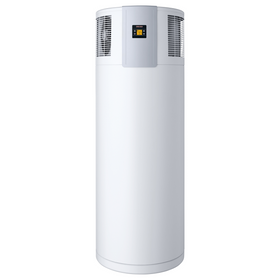
Stiebel Eltron Accelera 300 E Heat Pump Water Heater
Stiebel Eltron
Out of Stock
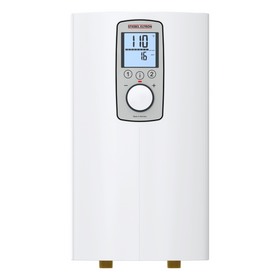
Stiebel Eltron DHC-E 8/10-2 Plus Point-of-Use Electric Tankless Water Heater - 202145
Stiebel Eltron
In Stock
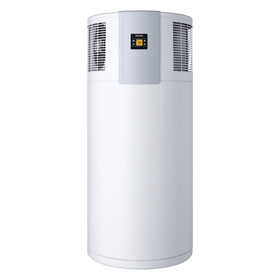
Stiebel Eltron Accelera 220 E Heat Pump Water Heater
Stiebel Eltron
In Stock
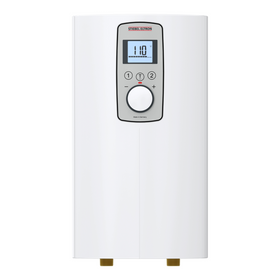
Stiebel Eltron DHC-E 3/3.5-1 Trend Point-of-Use Electric Tankless Water Heater - 200057
Stiebel Eltron
In Stock
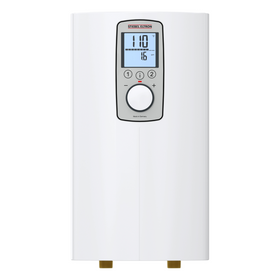
Stiebel Eltron DHC-E 12/15-2 Plus Point-of-Use Electric Tankless Water Heater - 200056
Stiebel Eltron
In Stock
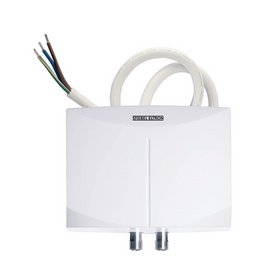
Stiebel Eltron Mini 2-1 Single Handwashing Sink Electric Tankless Water Heater
Stiebel Eltron
In Stock
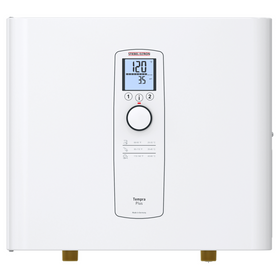
Stiebel Eltron Tempra 24 Whole House 24 kW 5 GPM Electric Tankless Water Heater
Stiebel Eltron
In Stock
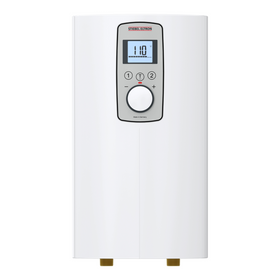
Stiebel Eltron DHC-E 8/10 - 2 Trend Point-of-Use Electric Tankless Water Heater - 200058
Stiebel Eltron
In Stock
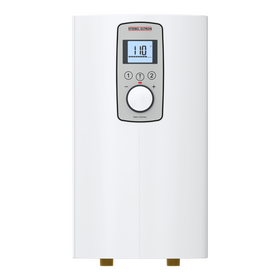
Stiebel Eltron DHC-E 4/6.2 - 2 Trend Point-of-Use Electric Tankless Water Heater - 200061
Stiebel Eltron
In Stock
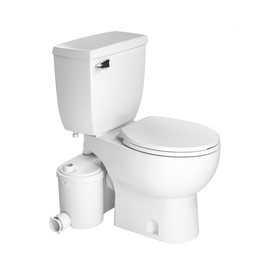
Saniflo Sanibest Pro Combo Macerator System
Saniflo
In Stock

On the other hand, water-smart home landscapes can offer an increased aesthetic appeal, incorporating a wide range of colors, shapes, and textures. Water-smart landscapes can include dozens of species of native plants that provide a wide range of color and vibrancy while also drastically reducing water needs.
Tobias Roberts
Tobias runs an agroecology farm and a natural building collective in the mountains of El Salvador. He specializes in earthen construction methods and uses permaculture design methods to integrate structures into the sustainability of the landscape.
